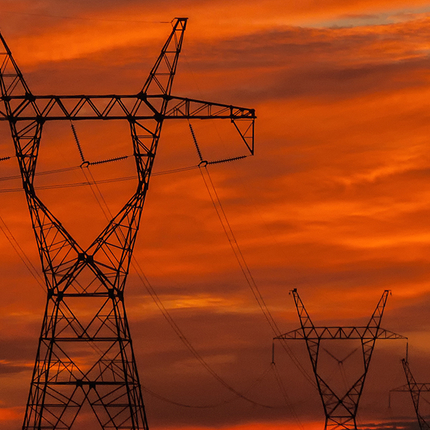By Johnathan Hladik, former policy director
Transmission projects announced during the last 10 years are now beginning to come online. Combined with new wind and solar installments, these projects have become important pieces of the economic puzzle in the rural Midwest and Great Plains. The significance of renewable energy to rural economic development is well understood, however, less is known about the impact of transmission development.
To explore this further, we teamed up with Timothy Collins, former assistant director of the Illinois Institute for Rural Affairs and a longtime rural development expert.
Transmission expansion spurs economic development in three phases. The first is driven by physical construction. The second takes place after the line is energized and placed into service. The third derives from taxes and fees assessed on the project, determined by state statute.
Our report, “Generation and Delivery: The Economic Impact of Transmission Infrastructure in Rural Counties,” explores the third phase of transmission-driven economic development. We identified three recently constructed projects in Upper Midwest and Great Plains states. We then examined state statutes governing revenue collection and distribution, and implementation at the local level.
Minnesota assesses a property tax on transmission infrastructure. Under state law, counties are technically permitted to increase the local property tax levy by the amount collected. In practice, however, the revenue is used to lower taxes for all property owners in the jurisdiction.
Much of the revenue generated by transmission developers in Wisconsin comes in the form of environmental impact fees. Though viewed negatively by stakeholders, this approach is successful because it offers affected communities an opportunity to determine how the revenue will be used. The resulting mini-grants have lasting impacts.
In Kansas, transmission infrastructure is exempt from property taxes for the first 10 years of operation. Historically, counties and cities in Kansas have been able to take advantage of any additional revenue from new substations. However, the ability to capture that growth was capped in January 2017.
As our examples reflect, there is considerable variation in the flow of revenues from power lines. Each approach reflects the different priorities and fiscal realities of the administering state. In each case, communities affected by transmission development realize significant benefits only when state law allows for most or all of this revenue to be invested locally.
Our analysis shows that when states grant community stakeholders the power to decide how and where new revenue was used, they maximize benefits to affected residents. This decision-making power makes neighbors likely to embrace and encourage future economic development. Conversely, states that provide utility tax incentives to encourage construction miss an ideal opportunity to invest in rural communities.
Local communities are on the front line of any transmission project. Because of this, it is reasonable that any revenue derived be invested back in those communities. We recommend that policymakers ensure local governments can receive the revenue and engage citizen stakeholders in determining how it is used.




